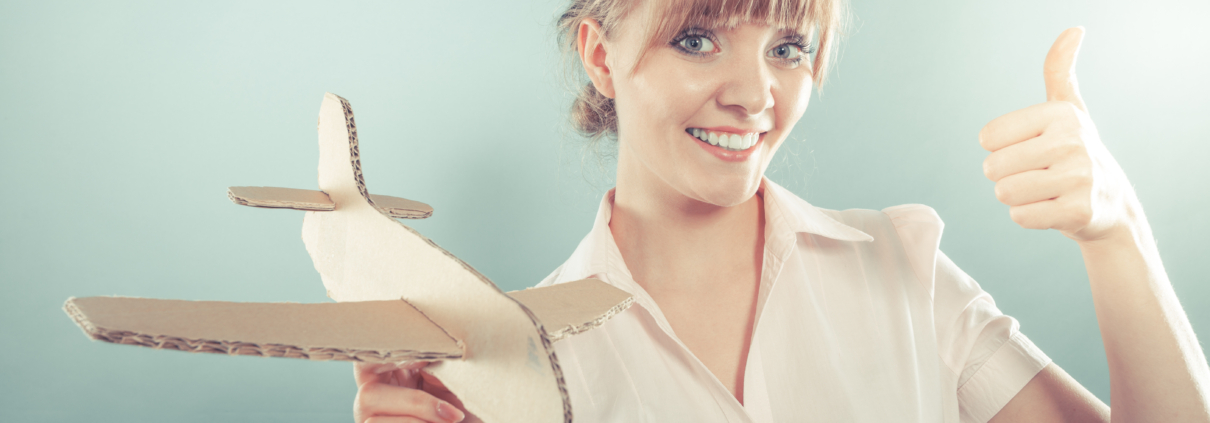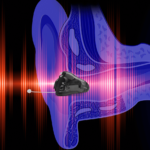Travel Can be a Pain – But Not for Your Ears

Ear pain or discomfort is a common experience during air travel, especially during landings. Have you ever noticed your water bottle change shape during the flight? That’s what happens to our ears.
The pressure in our middle ear is different from the pressure in the environment. Our eardrum, the membrane in your ear canal that separates your outer ear from your middle ear, changes shape and hurts our ear when the system isn’t working right.
Fortunately, our bodies have a tube that connects our middle ear space to the back of our nose and upper throat, called the Eustachian tube. This tube equalizes the pressure by allowing air to flow in and out of our middle ear space. We can relieve the pressure by manipulating our Eustachian tubes, like slowly opening the cap of the water bottle. You can “pop your ears”, or open the Eustachian tube, by either swallowing or yawning, which moves your jaw forward and down. But sucking on a hard candy, chewing gum or sipping on water may not make up the difference in pressure quickly enough during a flight.
When elevation quickly changes, as it does when flying, scuba diving, or driving in the mountains, it creates a vacuum in the middle ear that pulls the eardrum inward. This can also occur when airflow through our Eustachian tube is restricted, like when we have congestion due to allergies, colds or an inflammation. This is called ear barotrauma. Common symptoms are a sensation of fullness (as if underwater), ear discomfort or pain, slight hearing loss, ringing in the ears and sometimes dizziness when standing up. If the condition is very bad or goes on for a long period of time you may experience nosebleeds, vertigo, or a perforated eardrum; however, these conditions are rare during commercial flights.
If your ears feel congested or blocked due to a cold or other ear condition, it may be better to reschedule your flight. However, you may not want to or even be able to cancel a holiday or business trip just for this reason. There are products, techniques and treatment options that can reduce your chances of getting ear pain during the flight.
One technique you can try is called the Valsalva maneuver. It involves inhaling, then gently exhaling while holding the nostrils closed and the mouth shut. Be careful not to blow too hard, and stop as soon as one ear “pops”. If you blow too hard you can tear your eardrum, become dizzy or even cause auditory damage due to over-pressurization of your middle ears. Taking a decongestant one hour before a flight and/or using a decongestant nasal spray may help with ear pain if you are an adult. Antihistamines may also help if you have allergies. Always speak to your family physician or pharmacist before taking these drugs, as they do have some side effects.
The funniest home remedy I’ve heard of to date involves wetting tissue with hot water and placing one in each coffee cup, which is then placed over your ears. Pressure earplugs are a simpler and dryer solution. They’re special disposable earplugs that have a patented ceramic filter that slows down the pressure change, giving your ears additional time to adjust.
I use a brand called EarPlanes. They also have a noise reduction ratio of 20dB, which protects you from the loud sounds on the airplane. They’re good for two flights and can be found in both adult and children sizes. But make sure you follow the directions on the box! It’s not as simple as just putting them in your ears. The best place to purchase them is from an Audiology clinic, like our clinic at Salus Hearing Centre, where an Audiologist can answer any questions and even demonstrate how to use them properly
Here’s to starting your next land, air or sea journey with less “pressure!”
[bottomspaces]






Leave a Reply
Want to join the discussion?Feel free to contribute!